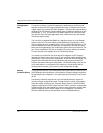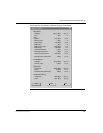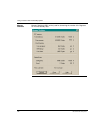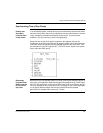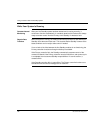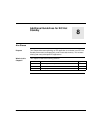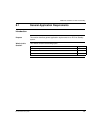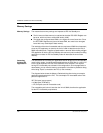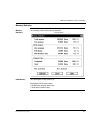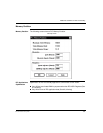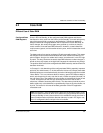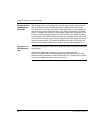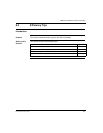
Additional Guidelines for IEC Hot Standby
150
840 USE 106 00 January 2003
Memory Savings
Memory Savings The reasons that memory savings are important to IEC Hot Standby are:
The full amount of data memory is restricted to what the IEC HSBY Register can
be set to, which can never exceed 64K words (128K).
The bigger the configured state RAM is, the higher the overall scan time. Since
the IEC HSBY Registers are part of the state RAM, the overall scan time gets
lower with every saved byte of data memory.
The restriction of the size of executable code to a maximum of 568K is not important,
since any IEC application is closer to the limit of 128K of data than to the limit of
568K executable code. Therefore all optimization in terms of either making a bigger
IEC application fit into the IEC Hot Standby environment or just to make an existing
application run faster in IEC Hot Standby mode will decrease the size of data
memory.
Assessing
Existing IEC
Applications
The assessment of an existing IEC application that will be put into IEC Hot Standby
mode is fairly simple. Just download the application to the CPU 534 14 or 434 12 or
into the 32 bit simulator with one of the Quantum CPUs selected. This requires
having IEC Hot Standby not activated in the configuration. Once the application is
downloaded, you can view the memory consumption in the Memory Statistics dialog
while being "Equal" connected to the PLC (or the simulator).
The diagram below shows the Memory Statistics dialog after having an example
application downloaded to the PLC. The consumption for executable code of this
particular application is:
357,724 bytes (user program)
+14,980 bytes (EFB library)
= 372,704 bytes (used for executable code)
The executable code’s size is less than the limit of 568K, therefore the application
fits the IEC Hot Standby requirements.



